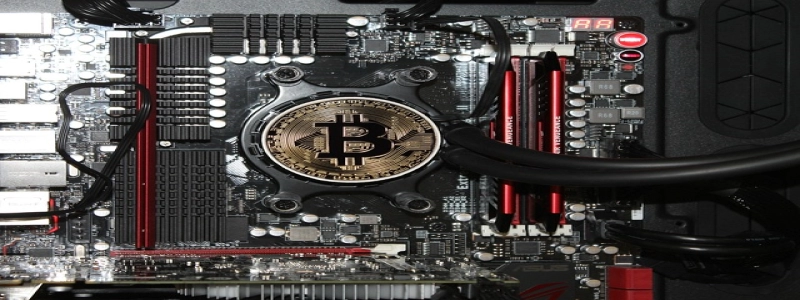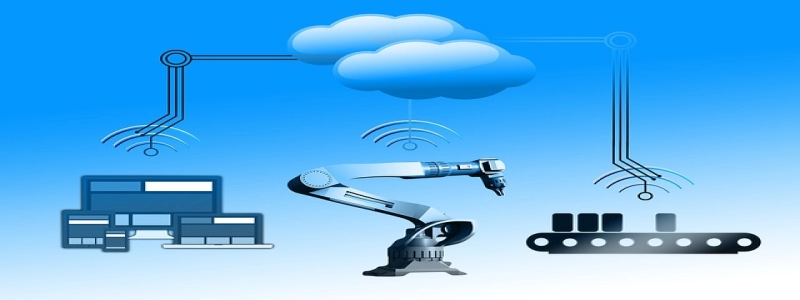[SFP Types]
Introduction
– What are SFPs?
– Importance of SFPs in networking
Overview of SFP Types
– Different types of SFPs available in the market
– Commonly used SFP types
1. Single Mode SFPs
– Explanation of single mode fiber optics
– Advantages and applications of single mode SFPs
2. Multimode SFPs
– Explanation of multimode fiber optics
– Advantages and applications of multimode SFPs
3. BiDi SFPs
– What are BiDi SFPs?
– How do BiDi SFPs work?
– Advantages and applications of BiDi SFPs
4. Copper SFPs
– What are Copper SFPs?
– Benefits and limitations of Copper SFPs
– When to use Copper SFPs
Conclusion
– Importance of understanding different SFP types
– How to choose the right SFP type for your networking needs
—
[SFP Types]
Introduction
SFP stands for Small Form-factor Pluggable, which is a compact, hot-pluggable transceiver module used in networking equipment. These modules provide connectivity in data communication systems, allowing for the transmission and reception of optical signals. SFPs play a crucial role in modern networks by enabling flexibility and scalability. This article will provide a detailed explanation of different SFP types available in the market.
Overview of SFP Types
There are various types of SFPs available, each designed for specific networking environments and requirements. The most commonly used SFP types include single-mode SFPs, multimode SFPs, BiDi SFPs, and Copper SFPs.
1. Single Mode SFPs
Single mode SFPs are designed to work with single-mode fiber optics, which have a smaller core diameter. These modules can transmit data over longer distances with greater accuracy and are ideal for long-range applications. Single mode SFPs are widely used in telecommunications, long-distance networking, and campus network connections.
2. Multimode SFPs
Multimode SFPs are specifically designed for use with multimode fiber optics, which have a larger core diameter. These modules are commonly used for short-range communication within buildings or small networks. Multimode SFPs are cost-effective and suitable for applications such as LANs, data centers, and intra-building connections.
3. BiDi SFPs
BiDi SFPs, also known as bidirectional SFPs, utilize a single fiber strand for both transmission and reception of signals. These modules achieve bidirectional communication by using different wavelengths for upstream and downstream data transmission. BiDi SFPs are ideal for situations where only limited fiber strands are available, such as fiber-to-the-home deployments or in dense networking environments.
4. Copper SFPs
Copper SFPs, also known as RJ45 SFPs, utilize copper Ethernet cables instead of fiber optics. These modules enable the use of existing copper infrastructure for high-speed data transmission. Copper SFPs are commonly used in situations where fiber installation or replacement is not feasible or cost-effective.
Conclusion
Understanding the different SFP types is crucial for determining the right module for a specific networking requirement. Whether it is long-range communication, short-range connectivity, limited fiber availability, or the utilization of existing copper infrastructure, there is an SFP type to suit every need. By choosing the appropriate SFP type, network administrators can ensure efficient and reliable data transmission within their network infrastructure.








